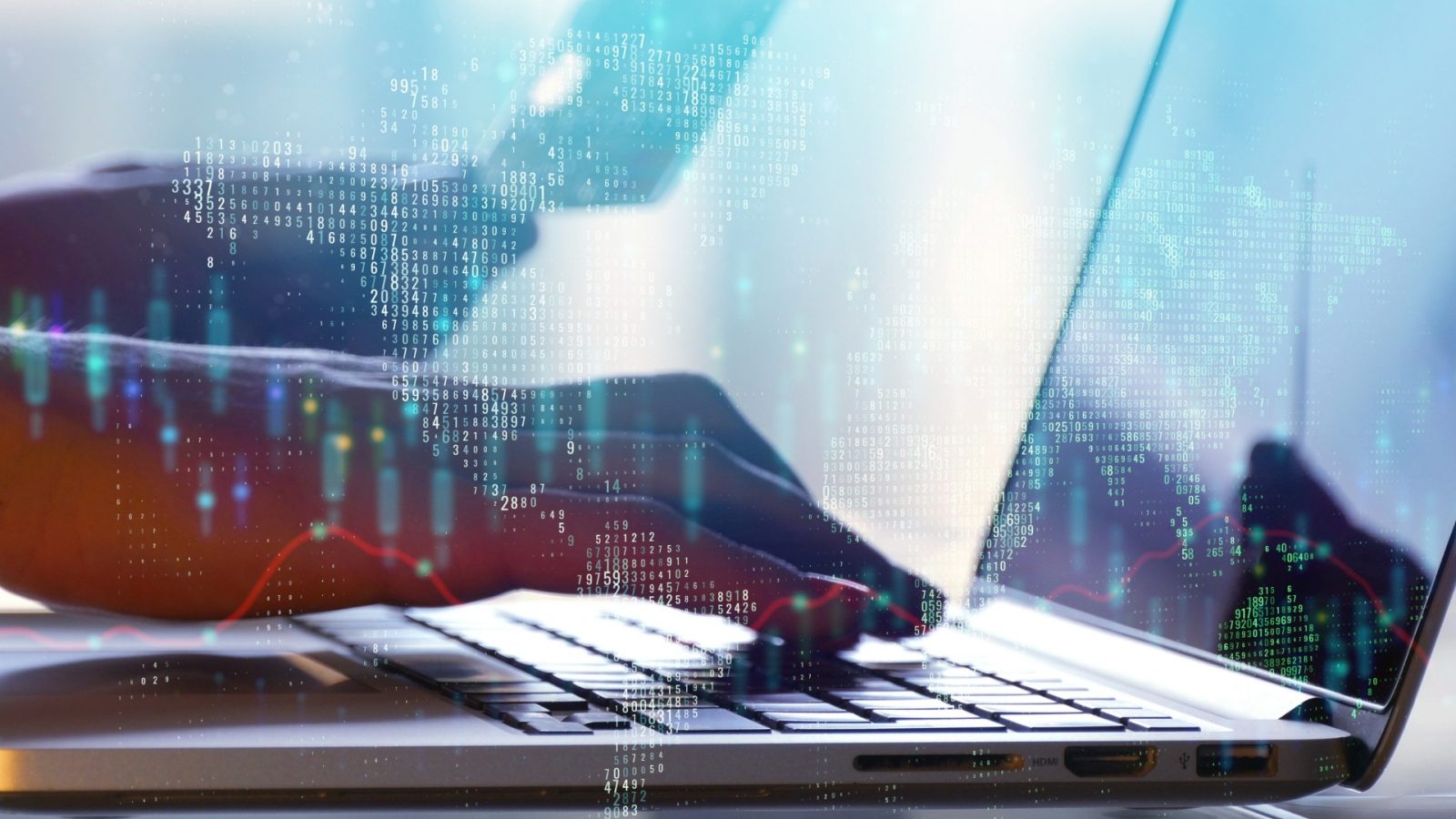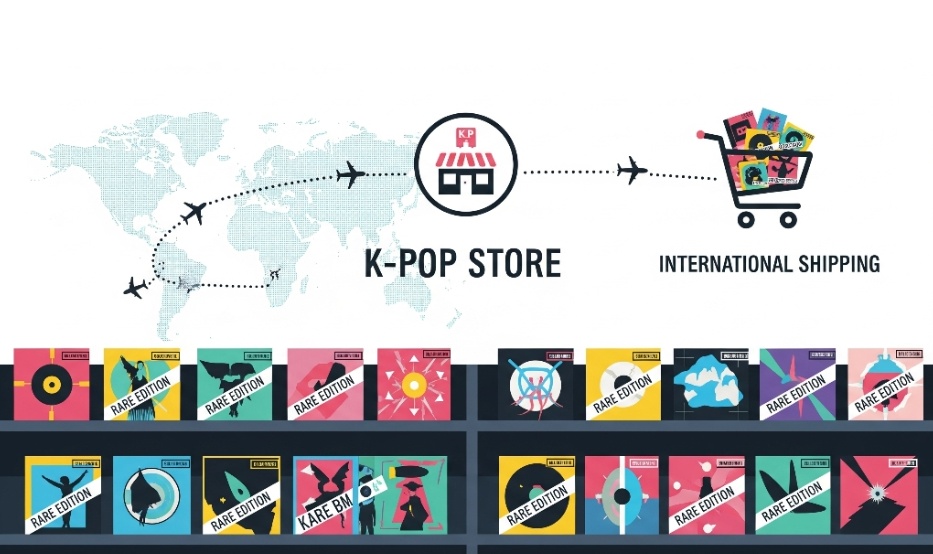Commodity trading, the buying and selling of raw materials and primary products, has been an essential aspect of global trade for centuries. Traditionally dominated by physical markets and manual processes, commodity trading has undergone a significant transformation with the advent of technological advancements. This article explores the impact of technology on commodity trading, focusing on enhanced efficiency, improved decision-making, and the emergence of new trading platforms.
Enhanced Efficiency in Trading Processes
One of the most profound impacts of technology on commodity trading is the enhancement of efficiency. In the past, trading commodities involved a substantial amount of paperwork, face-to-face negotiations, and manual data entry. Today, digital platforms and electronic trading systems have streamlined these processes, making trading faster and more efficient.
- Automated Trading Systems: Automated trading systems, also known as algorithmic trading, use computer algorithms to execute trades based on predefined criteria. These systems can analyze vast amounts of data in real-time, identify trading opportunities, and execute trades within milliseconds. This speed and accuracy reduce human error and increase the volume of trades that can be handled.
- Blockchain Technology: Blockchain technology has introduced transparency and security to commodity trading. By providing a decentralized and immutable ledger, blockchain ensures that all transactions are recorded accurately and can be verified by all parties involved. This reduces the risk of fraud and increases trust among traders.
- Digital Documentation: The digitization of trade documentation, such as bills of lading and letters of credit, has significantly reduced the time and cost associated with paperwork. Platforms like TradeLens and VAKT use blockchain to facilitate the digital exchange of documents, streamlining the entire trade process from shipment to settlement. Additionally, the ability to open demat accounts online has further simplified the trading process, enabling seamless electronic handling and storage of securities. This digital transformation enhances overall efficiency and transparency in commodity trading.
Improved Decision-Making Through Data Analytics
Technological advancements have also revolutionized the way traders analyze data and make decisions. The availability of big data and advanced analytics tools has provided traders with deeper insights into market trends, price movements, and risk factors.
- Big Data Analytics: The ability to process and analyze large datasets allows traders to identify patterns and correlations that were previously impossible to detect. For instance, weather data, satellite imagery, and social media sentiment can all be analyzed to predict commodity prices and supply chain disruptions.
- Machine Learning and AI: Machine learning algorithms and artificial intelligence (AI) models can predict market movements with high accuracy by learning from historical data and identifying patterns. These technologies can also be used for risk management, helping traders to mitigate potential losses by predicting adverse market conditions.
- Real-Time Market Data: Access to real-time market data through platforms like Bloomberg Terminal and Reuters Eikon allows traders to make informed decisions quickly. This immediate access to information enables traders to react swiftly to market changes, such as geopolitical events or natural disasters, that can impact commodity prices.
Emergence of New Trading Platforms
The rise of technology has also led to the development of new trading platforms that have democratized access to commodity markets. These platforms offer greater accessibility and convenience, allowing a broader range of participants to engage in commodity trading.
- Online Commodity Exchanges: Online exchanges such as the Chicago Mercantile Exchange (CME) and the Intercontinental Exchange (ICE) provide a digital marketplace for trading commodities. These platforms offer a wide range of products, including futures, options, and swaps, enabling traders to hedge risks and speculate on price movements.
- Peer-to-Peer (P2P) Trading Platforms: P2P trading platforms like Open Mineral and Covantis connect buyers and sellers directly, eliminating the need for intermediaries. This reduces transaction costs and increases transparency in the trading process. These platforms often leverage blockchain technology to ensure secure and efficient transactions.
- Mobile Trading Apps: Mobile trading apps have made it possible for traders to monitor markets and execute trades from anywhere in the world. Apps like Robinhood and E*TRADE offer user-friendly interfaces and real-time data, making commodity trading accessible to retail investors who may not have access to traditional trading platforms.
Challenges and Future Outlook
While technological advancements have undoubtedly transformed commodity trading, they also present new challenges. The reliance on automated systems and algorithms can lead to market volatility if not properly managed. Additionally, the increased use of technology raises concerns about cybersecurity and data privacy.
Looking ahead, the integration of emerging technologies such as quantum computing and the Internet of Things (IoT) promises to further revolutionize commodity trading. Quantum computing could exponentially increase the speed and accuracy of data analysis, while IoT devices can provide real-time data on commodity production and transportation.
Conclusion
Technological advancements have had a profound impact on commodity trading, enhancing efficiency, improving decision-making, and enabling the emergence of new trading platforms. As technology continues to evolve, it will undoubtedly bring new opportunities and challenges to the commodity trading landscape. Traders and industry participants must adapt to these changes to stay competitive and capitalize on the benefits that technology offers. Embracing innovation and investing in advanced technologies will be key to navigating the future of commodity trading.





